Mixing Old and New
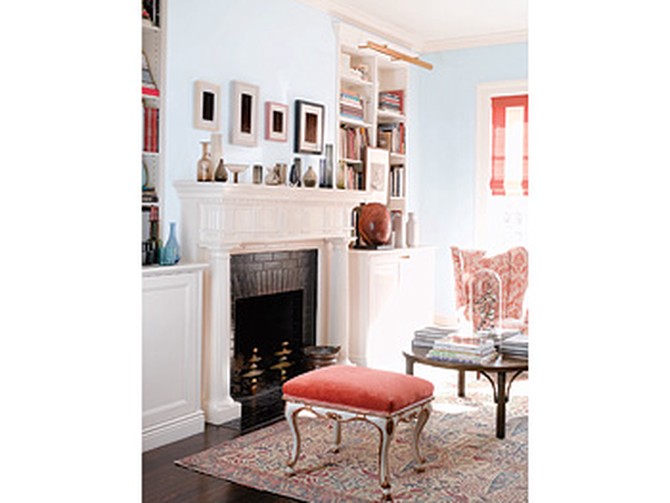
When designer Tracey Garet began helping management consultant Michael Silber glam up his New York City living room, she started out by laying in fine antiques and then "making it nuttier," much to the delight of her client, who admits he would have played it straighter on his own. Their four-year collaboration—yes, on this room—included much debate but no overarching plan. "We didn't know where we were going," Michael explains. "We only knew what we were doing next."
Michael says he found inspiration in the traditional interiors of the late great Sister Parish (Jackie O's decorator) and "the way her partner, Albert Hadley, would disrupt them with a touch of modernism." But Tracey gives convention an even more adventurous spin. "It's really a send-up of an Upper East Side salon," she says.
Color unifies objects of different eras. The coral elements that bounce around the room pull together this gilded 18th-century Spanish bench, the '50s Italian wing chair covered in scrolling Fortuny fabric, and the contemporary window shades in a bold awning stripe.
Michael says he found inspiration in the traditional interiors of the late great Sister Parish (Jackie O's decorator) and "the way her partner, Albert Hadley, would disrupt them with a touch of modernism." But Tracey gives convention an even more adventurous spin. "It's really a send-up of an Upper East Side salon," she says.
Color unifies objects of different eras. The coral elements that bounce around the room pull together this gilded 18th-century Spanish bench, the '50s Italian wing chair covered in scrolling Fortuny fabric, and the contemporary window shades in a bold awning stripe.
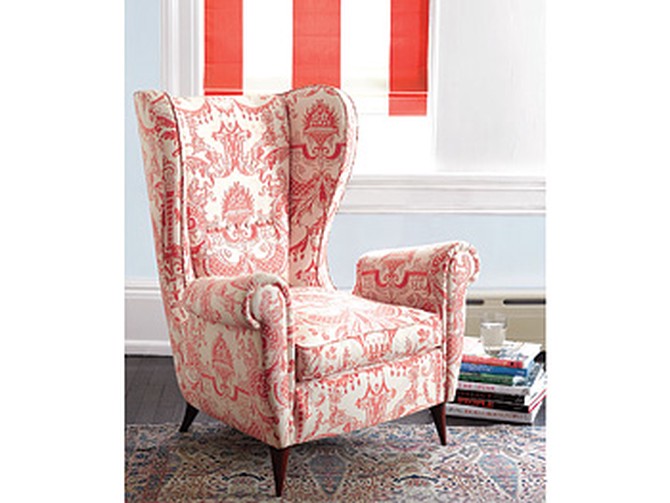
A '50s chair in Fortuny fabric manages to get along with a striking, striped shade and a 19th-century rug.
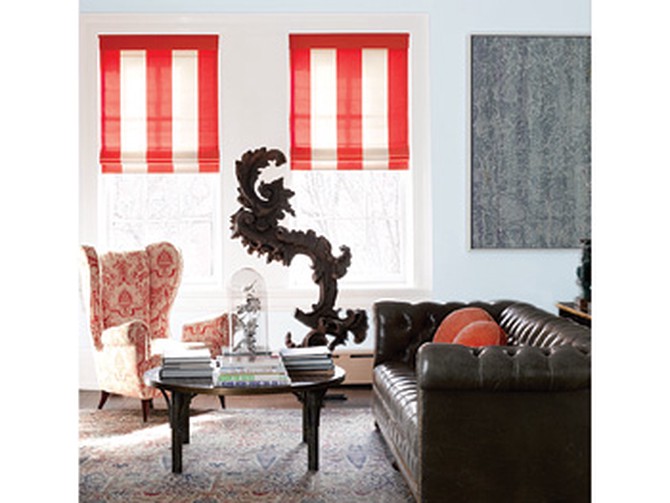
Don't aim for all-out perfection. Objects with patina give spaces an aged, lived-in quality that new items—and even mint-condition antiques—don't establish. That's why Michael sought out these "gently tattered" 19th-century Persian rugs. "They prevent the room from feeling overly decorated," he says.
Abstract art tempers traditional furniture. On their own, the leather Chesterfield sofa and black lacquer Louis XVI desk might skew a little staid. Tracey evened out the uptown-downtown tally by hanging silkscreens from postmodernist Yves Klein on the shelves and Phillip Smith's 1992 painting Before Paris on the windowed wall.
Abstract art tempers traditional furniture. On their own, the leather Chesterfield sofa and black lacquer Louis XVI desk might skew a little staid. Tracey evened out the uptown-downtown tally by hanging silkscreens from postmodernist Yves Klein on the shelves and Phillip Smith's 1992 painting Before Paris on the windowed wall.
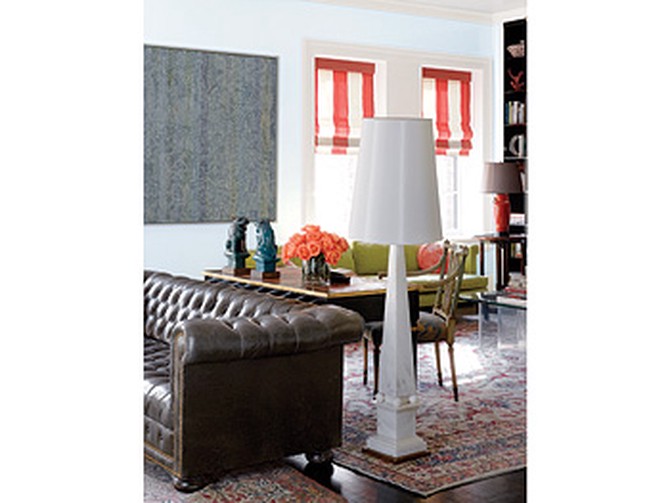
No matter the aesthetic, intimacy matters. Oversize—or, in this case, grandly proportioned—rooms tend to swallow up furniture. But by delineating two seating areas on either side of this writing table, Tracey imbues each with a salon-like scale.
Shine updates a straight-laced paint palette. Tracey turned up the volume of pale blue walls and white woodwork when she bypassed prim eggshell finishes—and even high gloss—and opted instead for a rich, oil-based formulation that emulates the sheen of lacquer.
Choose one object that links old and new styles. This marble lamp captures the dynamic tension of the entire room—it reads almost Philippe Starck (it's actually Tony Duquette, c. 1945), but the obelisk base references pure neoclassicism. The strong vertical element also brings variety to a long, horizontal layout.
Shine updates a straight-laced paint palette. Tracey turned up the volume of pale blue walls and white woodwork when she bypassed prim eggshell finishes—and even high gloss—and opted instead for a rich, oil-based formulation that emulates the sheen of lacquer.
Choose one object that links old and new styles. This marble lamp captures the dynamic tension of the entire room—it reads almost Philippe Starck (it's actually Tony Duquette, c. 1945), but the obelisk base references pure neoclassicism. The strong vertical element also brings variety to a long, horizontal layout.
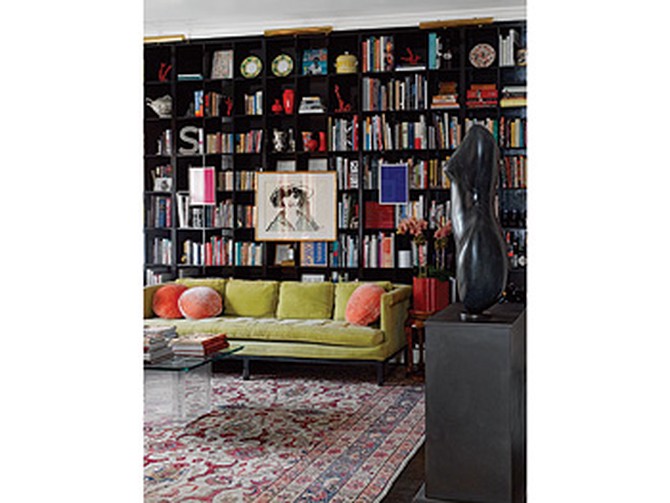
Throw the whole thing a curveball. Madcap is the only way to describe these electric-green Wormley for Dunbar sofas. The upholstery color, which doesn't get repeated elsewhere, magically undercuts the formal furniture arrangement.
Balance is good; matching, not so much. Although they convey an underlying (and reassuring) symmetry, the room's built-in bookshelves steer clear of predictability. This set eats up an entire wall with black cubbies. The other frames a white mantel. The sharp contrast makes each one equal parts refined and kicky.
Balance is good; matching, not so much. Although they convey an underlying (and reassuring) symmetry, the room's built-in bookshelves steer clear of predictability. This set eats up an entire wall with black cubbies. The other frames a white mantel. The sharp contrast makes each one equal parts refined and kicky.

Sculpture adds gravitas and drama. "This was the big 1950s New York Rockefeller moment we needed," says Tracey of the marble Alberto Viani torso. Together with the Baroque fiberglass stage-set fragment across the room, it demonstrates how large-scale sculpture turns a beautiful interior into an important one.
From the Summer 2008 issue of O, The Oprah Magazine

